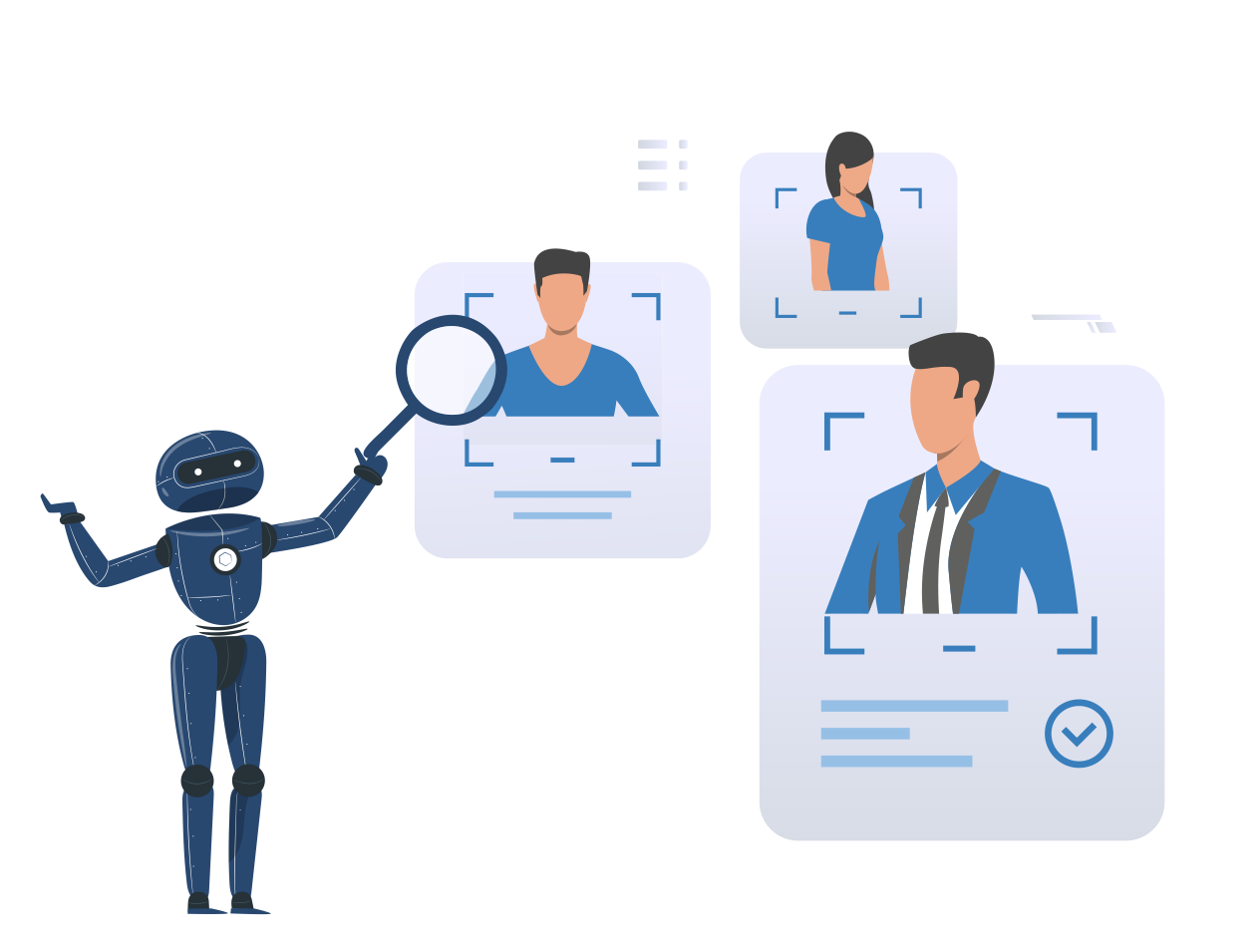Recruitment industry is primed for disruption due to expensive and inefficient processes towards recruitment. Early adopters are already reaping the benefits of machine learning and AI algorithms as they develop, and these developments are bound to change the recruitment industry as we know it.
As with any process that needs to make use of machine learning and AI, the availability of good quality data is the first step. Having latest resumes, correct contact information – email id and phone number, recruitment process data – candidates that were shortlisted (and rejected), called for interviews and final decision makes the machine learning algorithms achieve performance levels better than humans in some cases. It is important to note that these machine learning driven algorithms have a definitive impact on the hiring process, and organizations have started collecting the right data to be able to deploy these solutions.
Here, we discuss each stage of the recruitment process and how can a machine learning algorithm help companies generate efficiencies:
1. Job Description: Machine Learning algorithms can be trained to detect any bias in the language used in a Job Description. An example is – “We are proud of our success, and boast an impressive record” – which is skewed towards masculine words and deter women from applying for the position
2. Resume Bias: It has been proven through multiple studies that hiring managers have bias (conscious or unconscious) towards different names, and the perceived gender of the applicant. Machine learning algorithms can reduce bias by anonymizing information leading to bias
3. Shortlisting candidates from the pool of applicants: Most of the advertised positions generate hundreds and in some cases thousands of responses. It is therefore impossible for a team of recruiters to look at each resume with the level of detail required, and often some deserving candidates lose out for no fault of theirs. Machine learning can automate the screening process to generate a pool of suitable candidates as the first cut. Depending on the efficiency of the algorithm, the human component in resume screening can be eliminated altogether. Text Analysis based Natural Language Processing (NLP), Named Entity Recognition (NER), Ontology of technical skillset and Topic Modeling could be utilized to built an efficient screening algorithm that does not suffer from limitations of human efficiencies, ability to screen candidates across domains and soft skill assessment based on resume text.
4. Chat and Video based assessment: Instead of having all screened candidates go through the physical interview process, machine learning based conversational chatbots and video based assessment of candidates communication skills, confidence, body gestures etc. could be used to carry out a preliminary assessment of the candidate. Recruiters should deploy a solution in some form as machine learning & AI algorithms are only going to improve with time, and these resources could provide valuable training data for a solution deployment in the future
5. Candidate Matching: Once the assessment is done, a recruiter can generate the list of top matching applicants and proceed with the final recruitment process involving in-person assessments. Machine Learning algorithm for matching best applicants against the job order can be utilized. This has a potential to reduce time assessing the candidates and make decision making faster.
Use of machine learning & AI algorithms is generating efficiencies in the process and helps recruiters find the right candidate for the right job in lesser time and at a lower cost. As with any disruptive solution, recruiters may be skeptical of these technologies that promises to make their jobs easier. Recruiters need to be convinced that an application that automates one of their work tasks will do as good a job as they can. This is as much a change management challenge as a technical challenge to train and develop the right machine learning algorithm(s)
Xtage Labs is an advanced analytics and machine learning based decision insights company. We work with businesses to derive insights from data, and improve the decision making processes.
Get in touch with us to find out what we can do for you.




